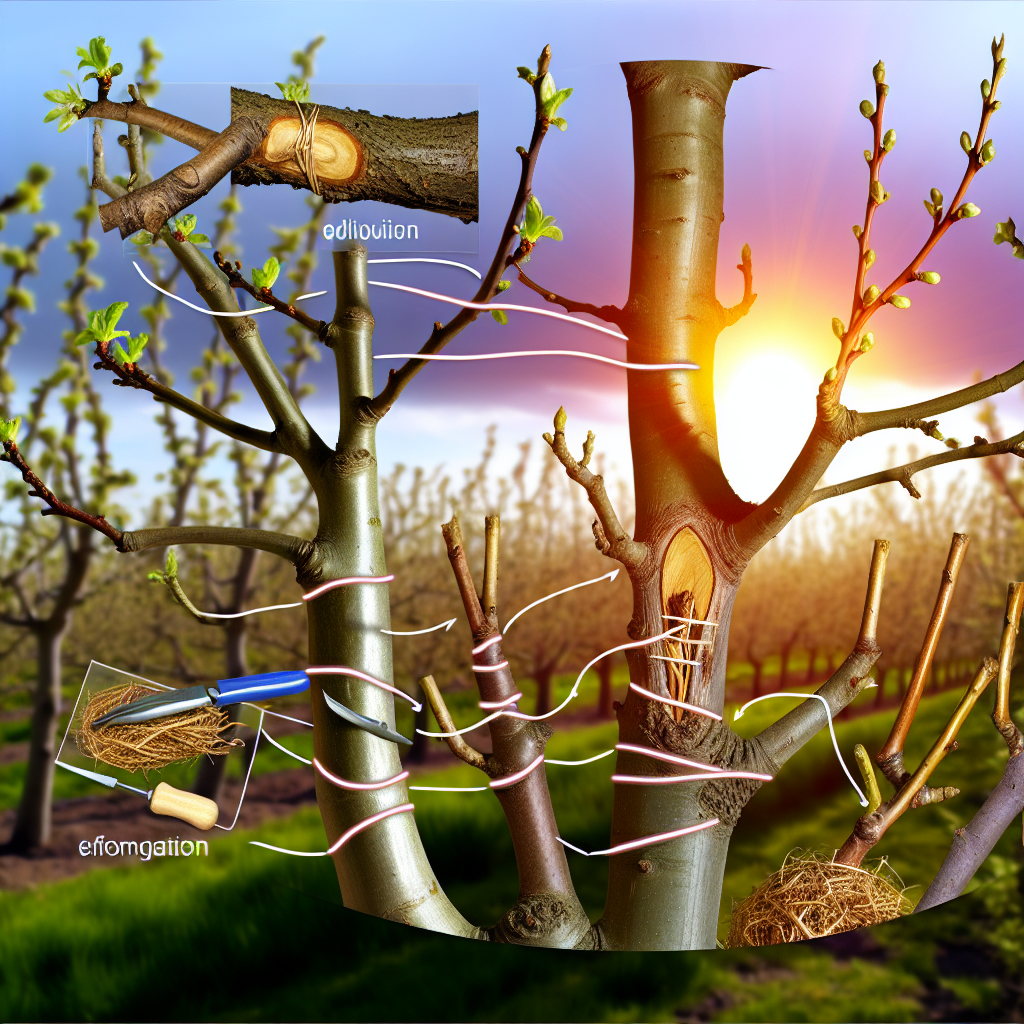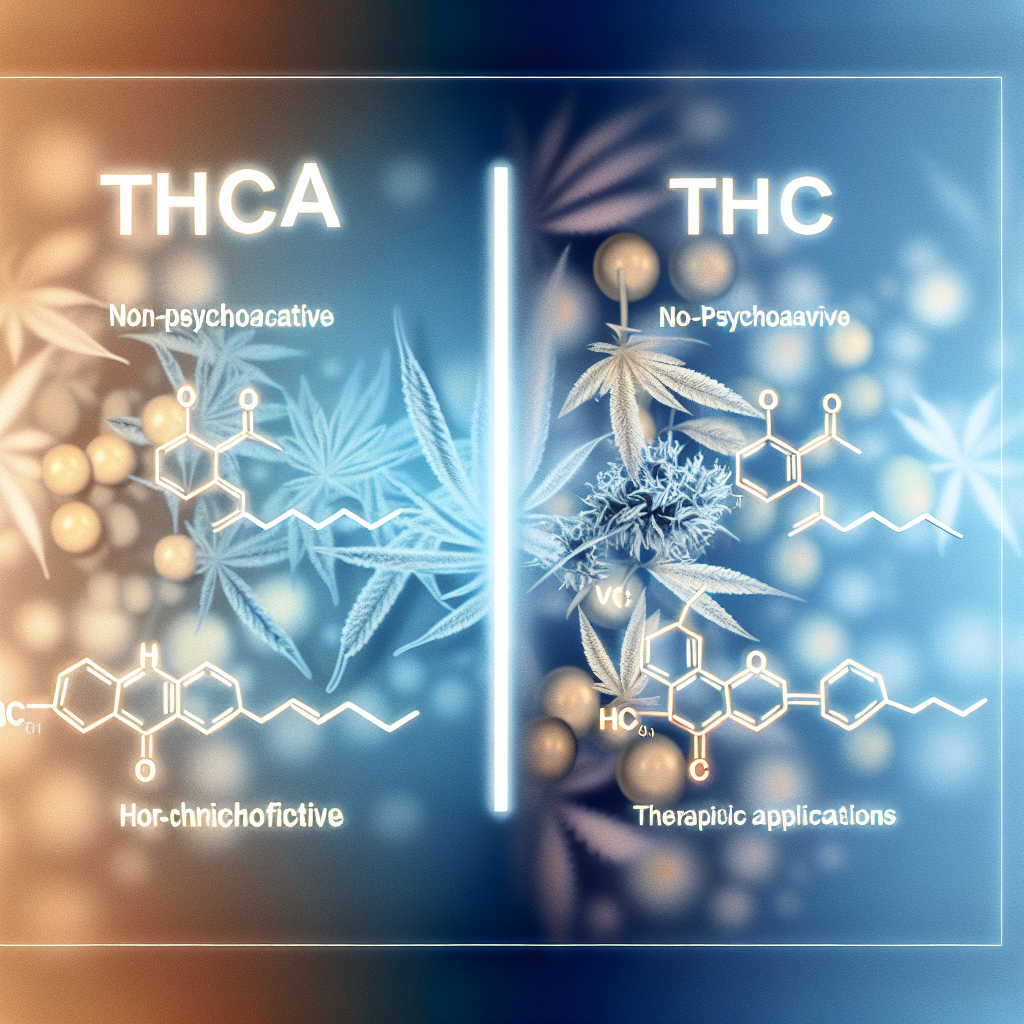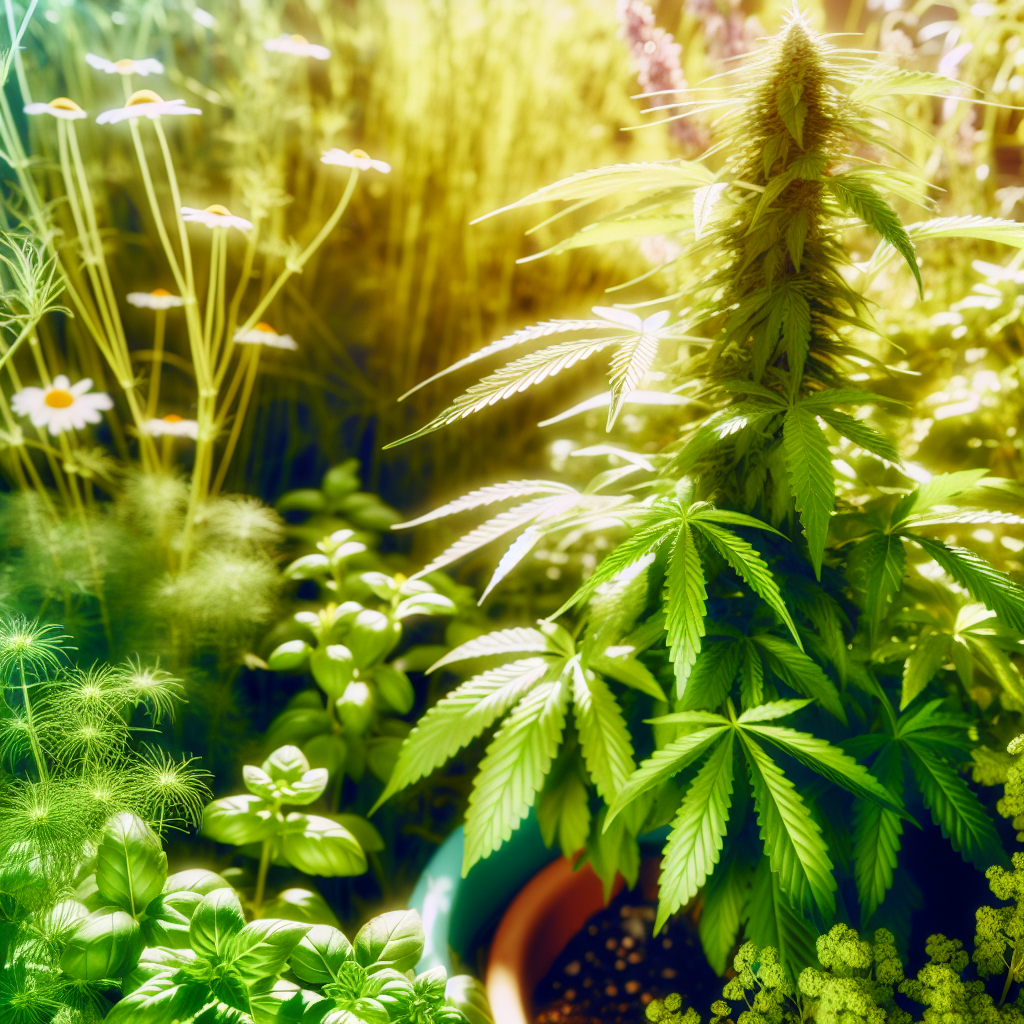Advanced Grafting Techniques: Preserving Heirloom Genetics and Managing Stock-Scion Interactions
Introduction
As **cannabis legalization** expands across global markets, cultivation techniques are evolving beyond conventional methods. While traditional approaches like cloning and seed germination remain prevalent, advanced growers are now exploring **grafting techniques**—a method widely used in **fruit and vegetable agriculture**. Grafting enables the fusion of two distinct plant sections: the scion (upper plant with desired genetic traits) and the rootstock (lower plant offering robust support, nutrient uptake, and disease resistance).
Although **cannabis**—a herbaceous annual—is not traditionally a grafting candidate, modern experimentation and emerging research reveal immense potential for grafting in cannabis horticulture. The process offers significant benefits like preserving **heirloom genetics**, combining superior root vitality with rare genetic phenotypes, and improving environmental adaptability.
One primary application of grafting is the preservation of **legacy and heirloom cannabis strains**. Many of these unique genetics face extinction pressures due to commercial demands favoring high-yield hybrids. Grafting enables growers to maintain genetic purity by attaching these heirloom scions to stronger, modern rootstocks, increasing resilience while ensuring characteristic expression.
Additionally, **stock-scion interaction** opens a unique frontier for innovation. Disease-resistant rootstocks can manage pathogens like Fusarium and Pythium. Grafting multiple scions onto a single stock enables a plant to express multiple phenotypes or cannabinoid ratios, offering practical value especially in space-limited or urban grows.
This synergy of agronomy and cannabis science presents a powerful tool for future cultivation—enhancing sustainability, **genetic diversity**, and operational efficiency across scales of production.
Features and Supporting Studies
The efficacy of grafting is well-supported in traditional **horticultural science**, but evidence specific to cannabis is gradually building. Nonetheless, multiple studies validate both the feasibility and agronomic impact of this technique.
In a 2020 study published in Frontiers in Plant Science, researchers demonstrated successful grafting of cannabis scions onto appropriate rootstocks. Results showed increased root development, improved plant vigor, and higher survival rates when vascular alignment and environmental conditions were properly controlled. Though specific heirloom varieties were not isolated, the researchers suggested applications for maintaining rare or vintage genotypes without the complexities of seed breeding or cross-hybridization.
Other relevant comparisons can be drawn from the **tomato and eggplant** industries. For instance, a 2019 study in the Journal of Horticultural Science and Biotechnology found that eggplants grafted onto disease-tolerant rootstocks had better yield and nutrient uptake in challenging conditions like high salinity. Similarly, cannabis can benefit from rootstocks that thrive in hydroponic systems, respond better to nutrient variability, and resist soil-borne pathogens.
Multivarietal Cannabis Mother Plants
One of the most compelling innovations made possible by grafting is the creation of polycultivar mother plants. By grafting multiple elite strains onto one rootstock, growers can house several genetic lines in one plant. This mirrors techniques used in multi-varietal fruit trees and is especially useful in **micro-grows**, research labs, or tissue culture facilities where spatial constraints and genetic diversity must be balanced.
This approach can drastically reduce operational costs and simplify management. Rather than maintaining separate reservoirs, feeding schedules, or mother rooms for each line, a grower could support multiple strains from one composite plant—each producing consistent clones.
Stock-Scion Compatibility and Signaling
Compatibility between stock and scion is critical for long-term viability. According to a study published in the Journal of Experimental Botany, the exchange of plant hormones such as **auxins**, **cytokinins**, and **gibberellins** governs graft success, vascular reconnection, and ultimately the coordination of growth patterns between rootstock and scion. These hormonal dialogues are increasingly studied in grafted cannabis as they may influence **cannabinoid expression**, **terpene production**, and even resistance to abiotic stresses.
Though cannabis-specific studies are still limited, preliminary findings suggest that scion-rootstock signaling may play a role in the modulation of secondary metabolites—a frontier with implications for **chemotype consistency** and **compound biosynthesis**.
Sustainable and Organic Cultivation Applications
Advanced grafting also supports more sustainable cultivation. Selecting stock plants with proven nutrient uptake efficiency or drought tolerance allows grafted cannabis to thrive with lower **synthetic inputs**, aligning with **organic growing standards**. For growers seeking Clean Green or equivalent certifications, grafting can help achieve hardiness without reliance on chemical treatments.
According to Clean Green Certified, this method offers a scalable and environmentally responsible solution for both indoor and outdoor grows aiming to minimize ecological impact while maximizing phenotype preservation and performance.
Conclusion
Cannabis grafting is redefining how growers approach both preservation and performance. By uniting legacy strains with modern agronomic tools, cultivators can optimize plant vigor, disease resistance, and even spatial efficiency. From **polycultivar mother plants** to disease-resistant hybrids, advanced **grafting techniques in cannabis** offer a forward-thinking strategy for an industry increasingly driven by both innovation and sustainability.
As research continues to bridge plant science with cannabis-specific applications, grafting is poised to become a best-practice for both **heirloom preservation** and sustainable cultivation.
References
– Journal of Experimental Botany – “Hormonal and molecular interactions at the graft site”
– Clean Green Certified – Sustainable Cannabis Farming
Concise Summary
Advanced grafting techniques are emerging as a transformative tool in **cannabis cultivation**, offering innovative ways to preserve **heirloom genetics**, boost plant performance, and enhance sustainability. By joining a genetically valuable scion to a resilient rootstock, growers can achieve improved yield, disease resistance, and even maintain multiple strains on a single root system. With growing scientific support and potential for sustainable and organic practices, grafting stands poised as a practical strategy for small- and large-scale cannabis operations aiming for genetic integrity and optimized resource use.




